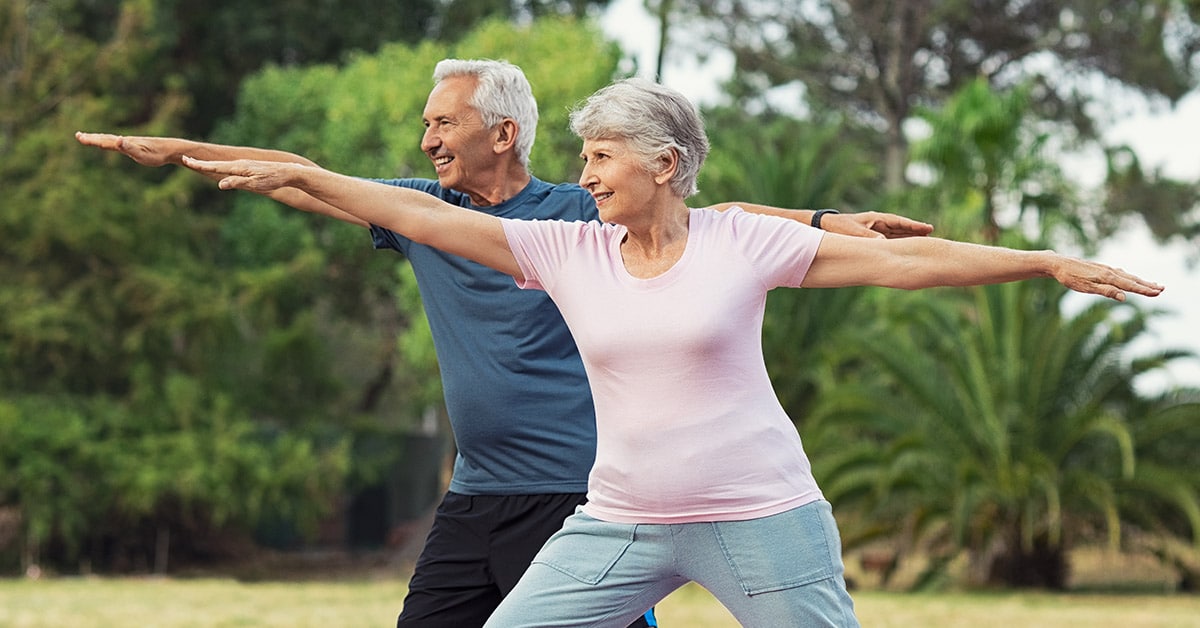
How Does Age Affect Balance Exercise Recommendations?
Balance is a fundamental aspect of human movement and functionality. It plays a vital role in preventing falls, maintaining independence, and enjoying an active lifestyle. As we age, our balance abilities naturally change, making it crucial to adapt our exercise routines accordingly. In this comprehensive article, we will explore the impact of age on balance, the importance of balance exercises for different age groups, and tailored recommendations for maintaining and improving balance at every stage of life.
The Age-Related Changes in Balance
Balance is a complex interaction between sensory input, muscle strength, joint flexibility, and neuromuscular coordination. Several age-related factors can affect our balance:
1. Muscle Mass and Strength Decline
With advancing age, there is a natural loss of muscle mass and strength, a condition known as sarcopenia. This can result in decreased stability and weakened support for maintaining balance.
2. Sensory Changes
Aging can lead to changes in vision, hearing, and proprioception (the body’s sense of its position). These sensory changes can affect our perception of the environment and our ability to react to balance challenges.
3. Decreased Joint Flexibility
Stiffening of the joints can limit range of motion and impact balance. Reduced flexibility in the ankles, hips, and spine can make it more challenging to maintain equilibrium.
4. Cognitive Factors
Age-related cognitive decline can affect decision-making, reaction time, and the ability to concentrate on balance-related tasks.
5. Medications and Health Conditions
Certain medications and health conditions can impair balance. It’s important to consider these factors when addressing balance concerns in older adults.
Balance Exercise Recommendations by Age Group
Balance exercises are beneficial for individuals of all ages, but the specific recommendations can vary depending on a person’s age and physical condition.
1. Children and Adolescents
Balance exercises for children and adolescents are essential for developing fundamental motor skills. Activities such as walking on a balance beam, riding a bicycle, or participating in sports like gymnastics or martial arts can enhance balance and coordination. These activities not only promote physical fitness but also lay the foundation for lifelong balance skills.
2. Adults (Ages 20-50)
During early and middle adulthood, balance exercises should focus on maintaining and enhancing balance capabilities. Engaging in activities like yoga, Pilates, and tai chi can improve stability, flexibility, and core strength. Additionally, integrating balance challenges into a regular fitness routine, such as single-leg exercises or stability ball workouts, can be highly effective.
3. Older Adults (Ages 50+)
As individuals enter their senior years, balance exercises become increasingly important to prevent falls and maintain independence. Tailored balance programs may include:
- Strength Training: Resistance exercises targeting major muscle groups can help counteract muscle loss.
- Flexibility and Mobility Exercises: Stretching routines can improve joint range of motion.
- Tai Chi and Yoga: These mind-body practices improve balance, coordination, and posture.
- Functional Balance Training: Exercises that mimic daily activities, such as standing on one leg or walking heel-to-toe, can enhance real-world balance skills.
- Fall Prevention Programs: Older adults with a history of falls or balance issues may benefit from structured fall prevention programs offered by healthcare professionals.
Safety Considerations
Regardless of age, safety should always be a top priority when engaging in balance exercises. Here are some important safety tips:
- Use proper footwear with good traction.
- Exercise in a well-lit and clutter-free environment.
- Use support, like a chair or railings, when needed.
- Stay hydrated and listen to your body. Stop any exercise that causes pain or discomfort.
Conclusion
Balance is a critical component of our overall well-being, and its importance only grows as we age. By understanding how age affects balance and tailoring exercise recommendations to specific age groups, individuals can proactively address balance issues and reduce the risk of falls and injuries. Whether you’re a child developing foundational skills, an adult maintaining fitness, or an older adult seeking to prevent falls, there are balance exercises and strategies suited to your unique needs and goals. Prioritizing balance training at every stage of life can lead to a healthier, more active, and more independent future.



